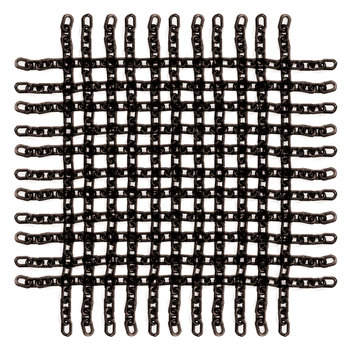Designing with grids is common practice online. Every template is based around grids which let you input what you want, and most popular websites have their pages broken up along a grid. There are some issues with relying on grids for your design however.

The biggest practical issue with putting your faith into a pre-made grid is that the internet is not static, and boundaries are vague at best. Sure, every device has a set width and height, but those measurements vary wildly and there are uncountable other variables. Images are shown at different densities, text can be resized, and there are constant updates to how the web is processed.
This issue only hints at the bigger problem with relying on templates. If you aren’t making the active decisions of how your content needs to be presented, you are instead molding your content to fit the grids. Web pages are supposed to exist to present information, not the other way around. Your design affects everything on the screen, including the information you are putting out there.
Taking control and shaping your design around your content lets you decide how your design enhances your content. Adhering to a strict grid limits your content by confining it. This isn’t to say using grids in your layouts is bad.
Grids are tools, and should be used to highlight your content, and visually group related items, establish a hierarchy of importance, and create a sense of rhythm on the webpage. The issue is when webpage owners decide that using a premade gridded template rather than trusting a professional. Ben Gremillion thinks grids can even be used to bring new life to webpages, but you have to be actively deciding how to use grids and not simply slapping some information into slots.








